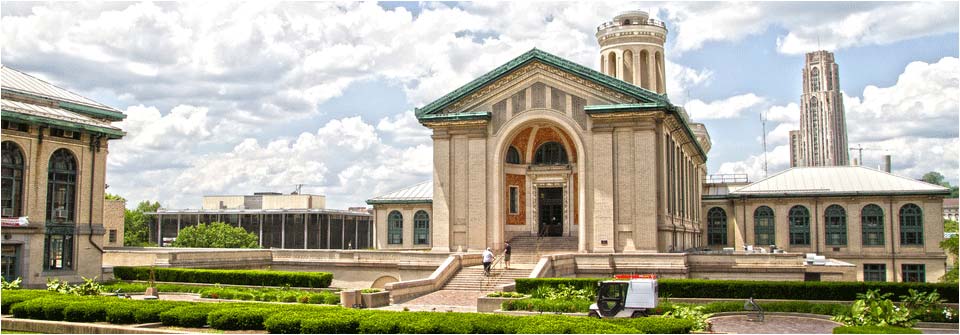Team:Carnegie Mellon
From 2012.igem.org
(Difference between revisions)
JSalazar88 (Talk | contribs) |
JSalazar88 (Talk | contribs) |
||
| Line 1: | Line 1: | ||
<html> | <html> | ||
| - | |||
| - | |||
| - | |||
| - | |||
| - | |||
| - | |||
| - | |||
| - | |||
| - | |||
| - | |||
| - | |||
| - | |||
| - | |||
| - | |||
| - | |||
| - | |||
| - | |||
| - | |||
| - | |||
| - | |||
| - | |||
| - | |||
| - | |||
| - | |||
| - | |||
| - | |||
| - | |||
| - | |||
| - | |||
| - | |||
| - | |||
| - | |||
| - | |||
| - | |||
| - | |||
| - | |||
| - | |||
| - | |||
| - | |||
| - | |||
| - | |||
| - | |||
| - | |||
| - | |||
| - | |||
| - | |||
| - | |||
| - | |||
| - | |||
| - | |||
| - | |||
| - | |||
| - | |||
| - | |||
| - | |||
| - | |||
| - | |||
| - | |||
| - | |||
| - | |||
| - | |||
| - | |||
| - | |||
| - | |||
| - | |||
| - | |||
| - | |||
| - | |||
| - | |||
| - | |||
| - | |||
| - | |||
| - | |||
| - | |||
| - | |||
<head> | <head> | ||
| - | <title> | + | <title>Carnegie Mellon iGEM 2012</title> |
<script type="text/javascript"> | <script type="text/javascript"> | ||
//Drop Down Tabs Menu- Author: Dynamic Drive (http://www.dynamicdrive.com) | //Drop Down Tabs Menu- Author: Dynamic Drive (http://www.dynamicdrive.com) | ||
//Created: May 16th, 07' | //Created: May 16th, 07' | ||
| - | |||
var tabdropdown={ | var tabdropdown={ | ||
disappeardelay: 200, //set delay in miliseconds before menu disappears onmouseout | disappeardelay: 200, //set delay in miliseconds before menu disappears onmouseout | ||
Revision as of 15:01, 12 June 2012
Welcome to Carnegie Mellon University 2012 iGEM Team Wiki!
Contents |
Introduction: Motivation
- We seek to develop a BioBrick that will allow researchers in the field of synthetic biology to accurately measure translational efficiency, and transcriptional strength.
- We believe that we can use Spinach as a biosensor to reflect these metrics in vivo, rather than in vitro, which has previously proven to be very costly and impractical.
- We will characterize the relationship between genetic expression of Spinach (upstream), translational efficiency, and transcriptional strength.
Abstract/Introduction
Motivation question
Humanistic implications go here
Primary Objective: A Useful BioBrick for Synthetic Biologists
We believe the development of this unprecedented BioBrick will help synthetic biologists in a variety of applications, for a variety of purposes such as the following:
- example application
- example application
- example application
Our proposed BioBrick is novel, and potentially very useful in practice.
Secondary Objective: Humanistic Practice
FAQ/Terminology in engineering Escherichia coli to monitor these variables via fluorescence. Find out more about Carnegie Mellon: (CMU Home Page).
Further Considerations
In the pursuit of our project, as well as the biological aspects, we:
- Considered aspects of scale-up, including the ethical, legal and social implications of our BioBrick,
- Programmed a new piece of software for modeling our BioBrick to students,
- Developed and tested techniques for measuring translational efficiency and transcriptional strength,
- Participated in human practices demonstration xxx.
 "
"

